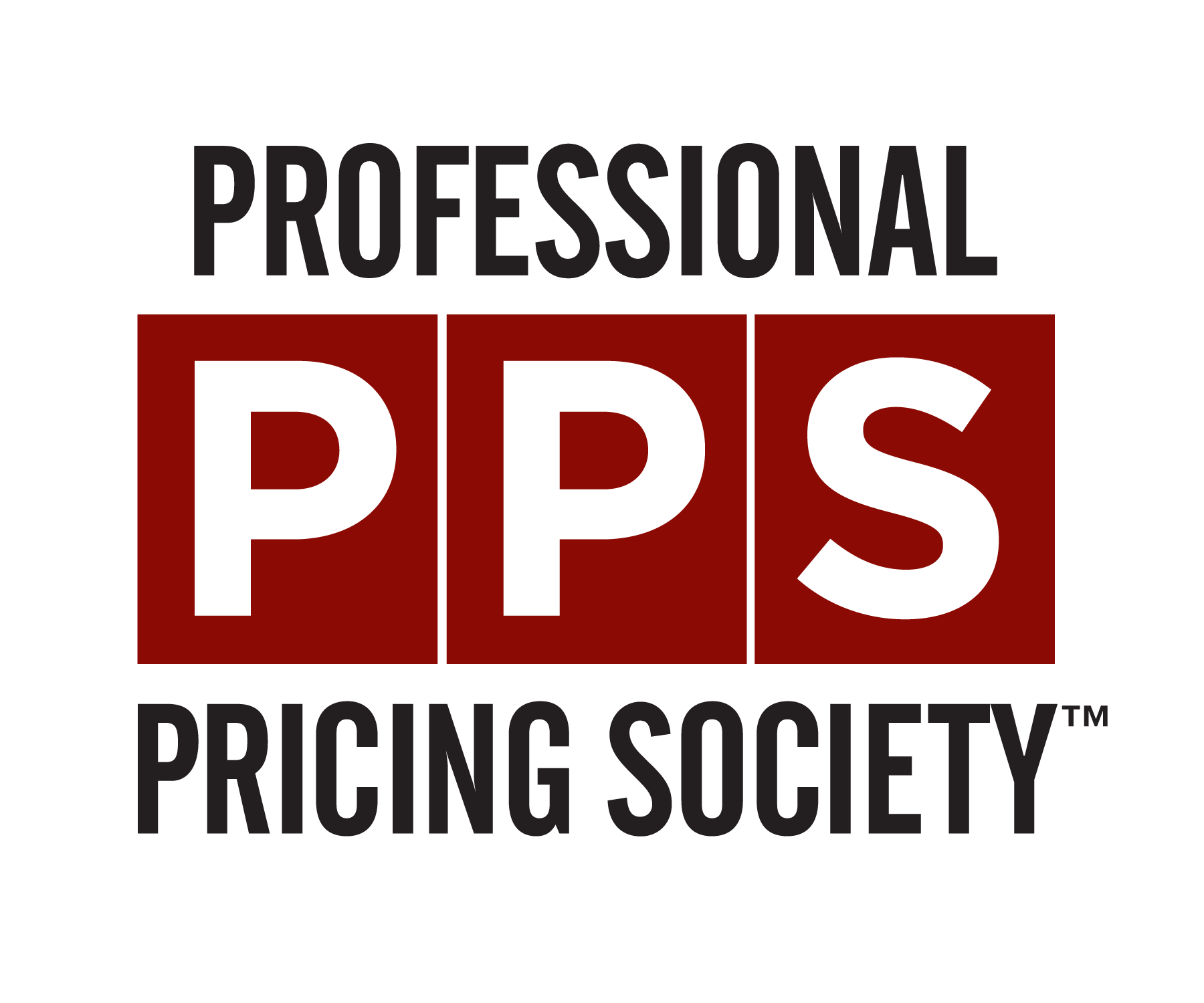Service pricing is a key factor to success in after-sales service. Using the proper pricing strategy is a sure way to improve service pricing, so we partnered with Syncron to learn from an expert. We're proud to share insight from Cliff Isaacson, Director of Pricing Solutions at Syncron, in this special blog post! But first... a bit about the author.
Cliff Isaacson:
Cliff Isaacson joined Syncron in 2018 as Director of Strategic Pricing. His specialties include technology product management, applied pricing and inventory optimization, analysis and operations research, enterprise software marketing and sales, SaaS, customer integration and technology implementation. Cliff earned his BS Computer Science from Northwestern University and MS Industrial Administration from Carnegie Mellon University.
Read the first part of Cliff Isacson's article, as found on the SYNCRON blog, below.
People inherently understand the value of good service. Who can forget a trip to Disney or a stay at a world-class hotel – their first truly outstanding experience where customer service went above and beyond? But who also remembers a truly bad service experience – whether it was heard from a friend or seen as a viral internet joke? The adage still holds true: one bad customer experience can negate the value of ten good experiences.
Price is a key success factor in service, particularly in after-sales. If you have ever had your car or computer repaired by the company you bought it from, then felt the frustration of finding the same repair service for a significantly lower price at another repair shop, then you know how important price can be. It can impact your loyalty to the brand, future purchases from them and your consideration of other options for future repairs and service. But it isn’t just anecdotal examples of service experiences that show the importance of good service. Service has become an increasingly important source of revenue and growth for manufacturers. Industry studies have shown that Original Equipment Manufacturers (OEMs) average 25 percent earnings before Income Tax (EBIT) on service, versus the 10 percent for new equipment. A Bain & Company benchmark survey even showed that service contributes an average of 22 percent of total revenue, but an average gross margin of 39 percent! Service revenue is expected to double by 2020, rapidly turning it into a growth engine for manufacturers and a source of revenue stability.
So, why do so many industrial goods manufacturers underinvest in service pricing?
I’ll admit, service pricing can be a complex problem to solve. Manufacturers need to manage a large assortment of parts across a broad spectrum of fast movers and slow movers, commodity parts and complex replacement equipment, unique OEM parts and simple parts available from multiple vendors. Then, there’s the added complexity from pricing across regions, channels, markets, customer types and a value chain that can span all the way from corporate, to the dealer network, to end customers. The traditional approach to pricing is a cost-plus methodology, a model that applies a markup after a part’s cost is determined. OEMs frequently hesitate to increase prices on these parts, given their already high margins compared to their finished goods, leaving behind untapped revenue and margin. High volume parts with lower negotiated or manufacturing costs end up with a lower price, frequently resulting in underpricing and lost margins and low volume parts with higher manufacturing costs get a higher price, resulting in greater competition. This paradox creates a self-fulfilling cycle of high prices and low sales, driving dealers and consumers to lower-priced after-sales substitutions, and OEMs to underprice services to drive part sales. A better pricing approach uses a value-based pricing methodology that considers the unique aspects of service parts. A McKinsey study recently recommended expanding OEM after-sales lifetime value by re-pricing spare parts more dynamically. With this data-based approach, OEMs can achieve 3-10 percent EBIT margin improvements from better pricing for the long tail of a service parts assortment – supported by an incredible 80% of service champions that employ value-based pricing models. To truly understand value-based pricing for service parts, it’s crucial to understand the differences in product lifecycles between service parts and finished goods. For an in-depth look at both typical product lifecycles and the associated service pricing, Cliff Isaacson shares more in the second published post on the Syncron blog!
Cliff Isaacson is a featured #PPSDALLAS18 Breakout presenter during our Spring Pricing Workshops and Conference event in Dallas, Texas!

Comments